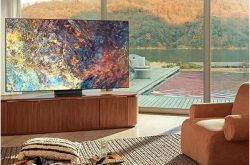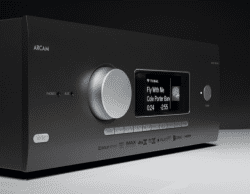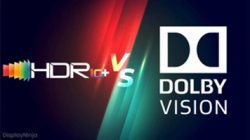The Low Down on Projector Screens
When most people think of picture quality in a media room they go straight to the projector. While this choice is super important the screen is equal if not more important than the projector you choose. In addition how the two mate together is a huge deal. We will dive into screen types, material and shapes in this article.
A screen ensures a smooth, crisp image
Often, when a “do it yourself-er” gets his or her first projector, they’ll skip the projection screen to save money, and simply project onto a wall instead. A good quality screen does add to the cost of a projector setup, but it improves picture quality and overall enjoyment so much that I consider a screen to be absolutely essential.
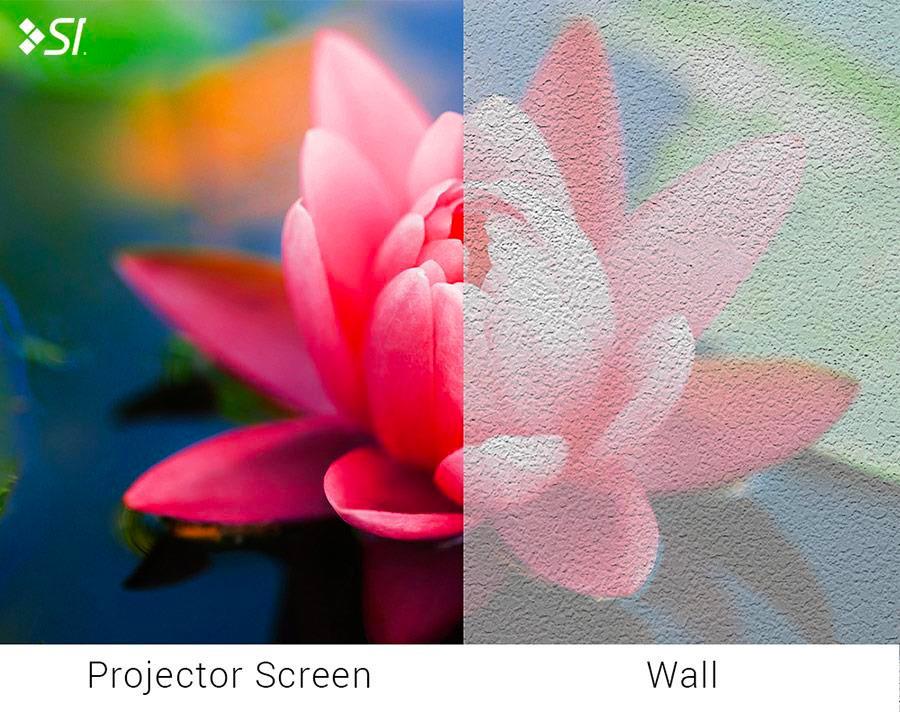
We carry a wide range of high-quality screens by Screen Innovations. The screen material is typically vinyl, which ensures a smooth-looking picture. Special coatings are applied to the vinyl that change the way the projector’s light is reflected back at viewers.
These coatings affect picture qualities like brightness, contrast, and viewing angle. Understanding a little about them can help you better match a screen to your projector and room.
Two basic screen types: fixed-frame and retractable
There are really just two basic screen types: fixed-frame and retractable. A fixedframe screen requires a large section of empty wall space, so it’s most often found in dedicated home theaters.
Retractable screens roll up into a case when not in use. You can choose from inexpensive manual retractable screens, and fancier ones with a built-in electric motor to lower and raise the screen.
Fixed-frame
With a fixed-frame screen, the screen material is stretched over a metal frame. Because a fixed screen doesn’t have to roll up and down, it can maintain a tight, tensioned surface for a perfectly smooth image. For a dedicated theater, a fixed screen is a great way to go.

Retractable — motorized
Not everyone is able or willing to devote a sizable chunk of wall space to a screen that will be blank most of the time — especially in a multi-use space like a living room or family room.
If you want a screen that’s there for movie time, but out of sight the rest of the time, the most elegant option is a motorized retractable screen.
The screen rolls up into a long metal case you mount to a wall or ceiling. The case houses a powerful built-in electric motor that can raise or lower the screen silently at the touch of a button.
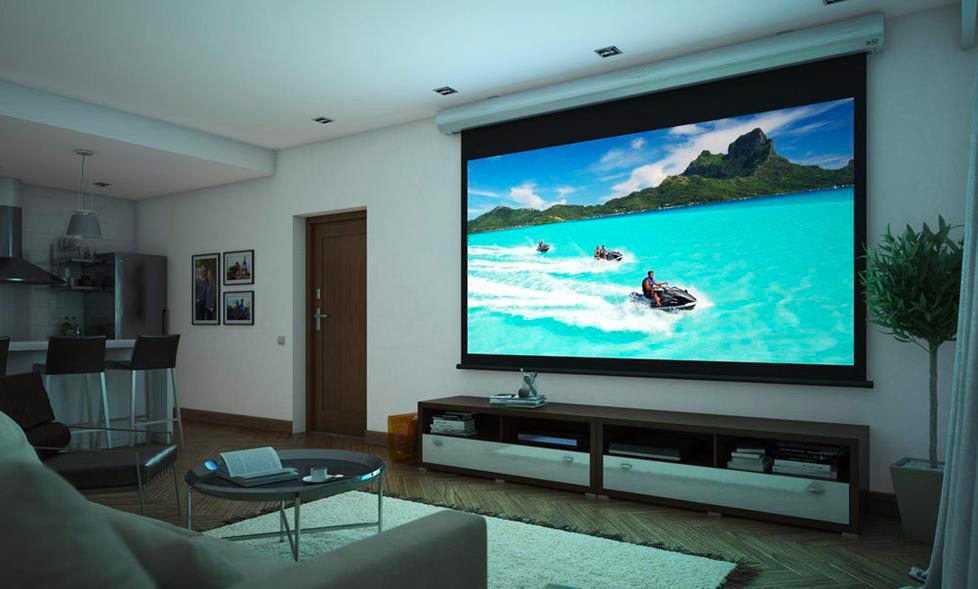
Choosing the right screen material
Once you’ve decided on the type and size screen for your theater, your next consideration should be which screen material. It’s important because the material is where you can choose something that will work especially well with your projector and/or room. The screen material aspects we’ll focus on are gain, color, and texture.
What is screen gain?
The amount of your projector’s light that is reflected back at viewers is referred to as “gain.” Higher gain means more reflected light and a brighter picture. Different screen coatings applied to the base vinyl screen material are how different gain values are achieved. Higher gain can help provide a brighter image with very large screens, or in rooms with significant ambient light.

Screen gain not only affects picture brightness, but also the viewing angle. Moving left to right in the illustration above, as gain increases, viewing angle decreases because higher-gain screens reflect the light back in a narrower, more focused band.
But of course, there’s more to the story. As screen gain increases, the optimum viewing angle decreases. With high-gain screens, it becomes more important that viewers sit more directly in front of the screen rather than off to the sides.
Higher-gain screens can also suffer from negative effects like “hot-spotting,” where part of the screen looks noticeably brighter. High-gain screens may also reproduce color and contrast less accurately than lower-gain screens.
Which screen color should I choose?
The color of your screen fabric mainly affects the contrast of the projected image.
White screens are the industry standard due to their brightness, while gray screens are better at handling darker tones.
Gray screens also referred to as “high contrast” screens, were popular several years ago when projectors had poorer contrast capabilities than today’s home theater projectors.
Gray screens also tend to be better than white screens at controlling the effect of ambient light, as gray screens reflect less light overall. However, gray screens require more powerful projectors to compensate for their darker whites and light colors.
Screen texture: Important if you’re considering 4K
Even the cheapest screen we sell has a screen texture that’s smooth enough to provide excellent picture quality with high-definition video up to 1080p. But the smaller pixels of true 4K projectors and “enhanced for 4K” models require a screen material with a finer “grit” to show all the detail and depth.
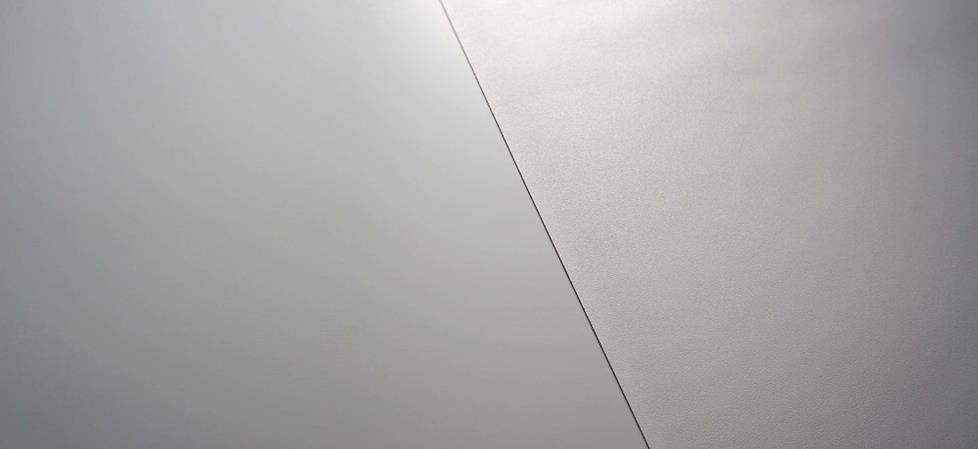
Want more information or advice?
With so many different projection screen options available, it’s easier than ever to enjoy the big-screen experience at home. We have recently partnered with Screen Innovations to offer the ability to custom-design a screen to match your specific needs. We have access to over 8,000 screens! If you’d like more information or some help picking out the right screen for your setup contact us today!

